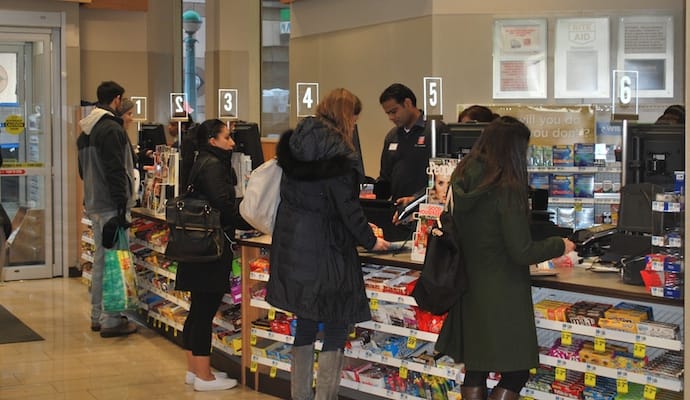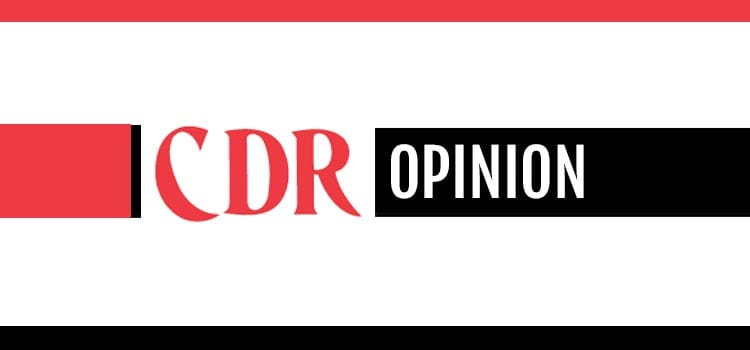
Two months remain in 2016, and the news out of the chain drug industry remains relatively scanty.
Industry gatherings are few and far between — indeed, three months have passed since the NACDS Total Store Expo gathered the industry together in Boston. Against that background, the NACDS year-end meetings, scheduled for New York City following Thanksgiving, are arousing more interest than normally attends this event.
Still, things are happening. Walgreens and CVS Pharmacy continue to perform well, if not spectacularly. Rite Aid’s future remains questionable, what with its purchase by Walgreens yet to be approved by the Federal Trade Commission.
The regional drug chains, while not making much news, continue to turn in positive results. And the industry’s personnel ranks have stabilized, after the unusual movement that characterized the first half of the year.
What has changed is the alignment of retailers. Put another way, big no longer automatically means best. Nor does it always mean capable.

Walmart remains America’s largest mass market retailer. But does the name convey the magic it once did? Perhaps not, but it remains the most formidable player in the industry. Target is still the leading retailer at the upper end of the mass market spectrum. But is it as invincible as it once was? Maybe not.
In the chain drug store universe, Walgreens and CVS continue to lead, and they are pulling away from the remainder of the field. The sales of the two chains are already tens of billions of dollars ahead of the No. 3 player in the trade class, a gap that will increase when the FTC gives the green light to the merger of Rite Aid and Walgreens.
New names are challenging the old ones for supremacy. Can anyone, for example, doubt the emergence of Amazon as one of the brightest names in mass market retailing? Even such traditional brick-and-mortar companies as Walgreens and Walmart admit to competing against Amazon for online business.
Then there are the grocery retailers, particularly such regional supermarket chains as Wegmans, H-E-B, Publix and Wakefern. They have proven the value of grocery items as an anchor of business, even as their pharmacy sales have sometimes struggled to stay abreast of chain drug prescription volume.
Then, too, specialty retailers — Ulta and Sephora are two high-profile examples — are making an impact, even those that once were given little chance when competing with general merchandise companies, especially those with a broad range of merchandise. Shoppers, it seems, no longer have the patience to wade through extensive product assortments when seeking just one or two items.
Conclusions? Mass market retailing is changing, but in ways not encountered before, at least not recently. Opening new drug stores no longer guarantees success, even when a new store does not bump up against existing ones. And competition no longer means competing against stores carrying similar merchandise at competitive prices.
Thus, perhaps the time has come for entrenched drug chains to step up their efforts to differentiate themselves, not in the traditional sense of tinkering with assortments but more dramatically, by reshaping the merchandise mix. In the end, chain drug retailers possess one category that sets them apart, that distinguishes it members from other mass market retailers — health care. But as they are learning, health care means more than prescription drugs — often far more. Other retailers can offer prescription drugs, but that hardly qualifies them as health care retailers.
What then are chain drug retailers to do? There are options, certainly. Some members of the trade class have glommed onto them; others have yet to do so.
Those that have are making progress, by differentiating themselves from their competitors in ways they haven’t been asked to do for many years. Those that haven’t will be forced to do so — or risk losing an enviable position in the mass retailing community they have, in the past, assumed would always be theirs.







